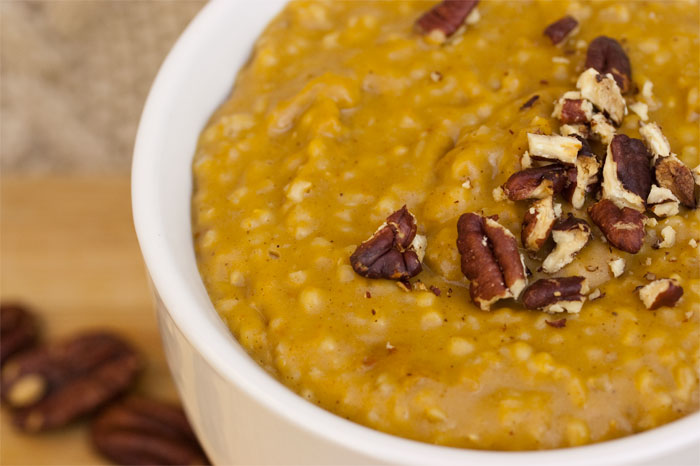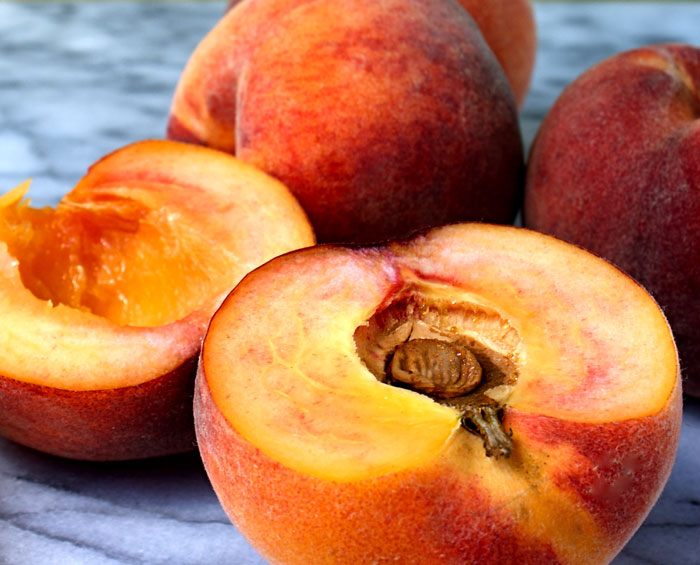I’m always saying that recipes are more templates than commandments — a starting point to creating meals that work for you. A recent conversation on the NOURISH Evolution Facebook page reminded me how important it is for every cook to balance flavors to suit his or her own palate.

This piqued my interest, because our Facebook friend was on the right track. While the recipe leaves it up to the cook to use any type of pesto, we’d suggested using the Basil-Mint Pesto below. Indeed, when I developed that pesto recipe it needed a little splash of lemon juice to enliven and heighten its flavor. As it turned out, our Facebook pal had used some store-bought pesto she had on hand, which, we think, accounted for the flat flavor of the final dish.
That experience reinforced the importance of following your own palate to cook food you'll love. “We all like to eat things our own way,” says Speck. “My Greek mom puts loads of lemon juice on everything — she loves the tang.”
Of course, you want to develop the flavors of a dish throughout its preparation, and some ingredients need to be added early in the cooking process. Dried herbs, for example, benefit from cooking to soften and mellow their flavor. But just before serving is a key opportunity to give a dish one last adjustment to elevate it from ho-hum to wonderful.
Some (very) basic tips for how to balance flavors:
- Salt. If you’ve added salt a little at a time during cooking, you may not need much at the end. But a little finishing dash of salt can boost the flavor of a bland dish. Check out Salted author Mark Bitterman's tips for how to use salt with finesse.
- Sour. This is what our Facebook friend craved from her pesto, and it comes in the form of acidic ingredients like lemon juice and vinegars. A splash of acid brightens the overall flavor of a dish. As Harold McGee notes in his latest book, Keys to Good Cooking, acid also stimulates saliva production to make food, literally, more mouthwatering.
- Sweet. If a dish is too sour, you can add a dash of sugar to balance it out. Similarly, sweet can help balance an overly salty dish.
- Bitter. You’re not typically looking to add bitterness to a dish. You’re more likely to want to tame it. For that, try a touch of salt or sugar.
- Umami. This is the so-called “fifth” taste and refers to savoriness. It also helps carry a dish’s aromatic qualities, McGee notes. If you taste a dish and feel like it needs some heft or roundness, you can add a splash of soy sauce or Worcestershire. A grating of Parmigiano-Reggiano cheese also boosts umami.
- Pungent. This isn't one of the five tastes, but pungency is what you crave when you taste a dish and reach for the pepper grinder. Mustard and wasabi are other finishing-touch ingredients that add pungency.
Another tip from McGee: Season foods at their serving temperature. Heat accentuates flavors while cold tends to diminish them. Ever had cold leftovers for lunch the next day? Bet you needed to add salt or something to boost the flavor.
Of course, those are just some basics. You can play with all manner of ingredients–including fresh herbs, flavored oils, different types of vinegars and salts–all of which will add different nuances to your cooking. That’s where it gets really exciting and every dish becomes truly your own creation.
“Most important: Never hesitate to let your own taste buds guide you in cooking,” says Speck. “There’s is no right or wrong.”















